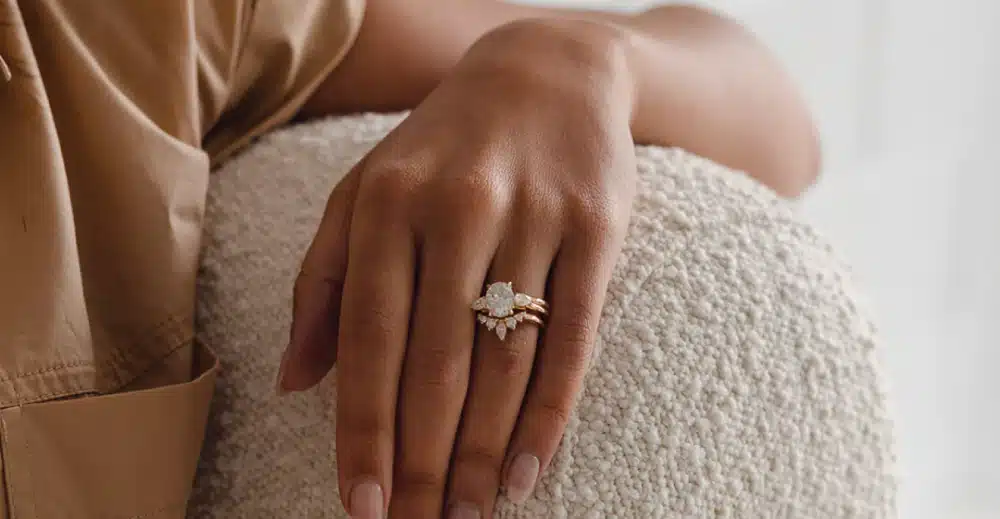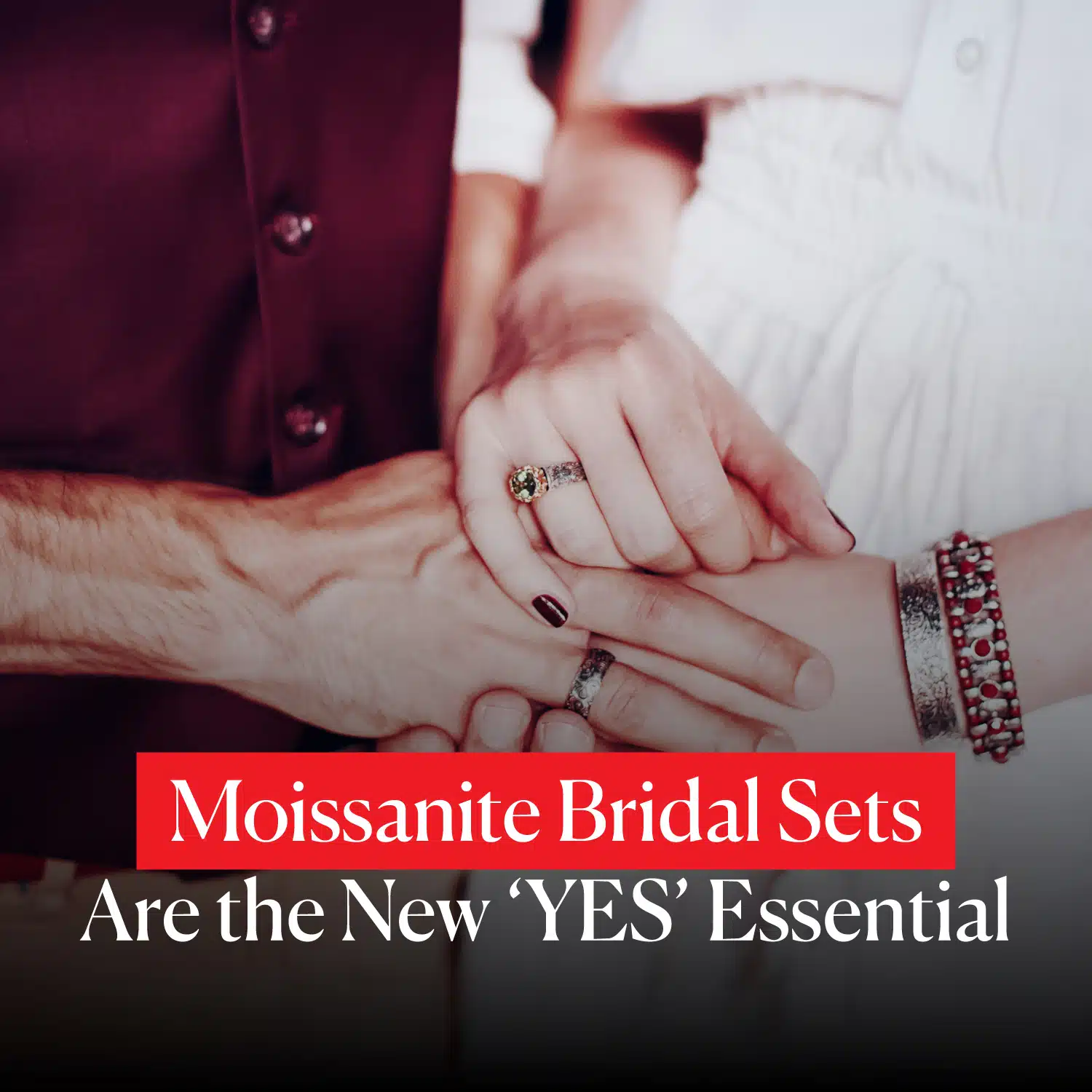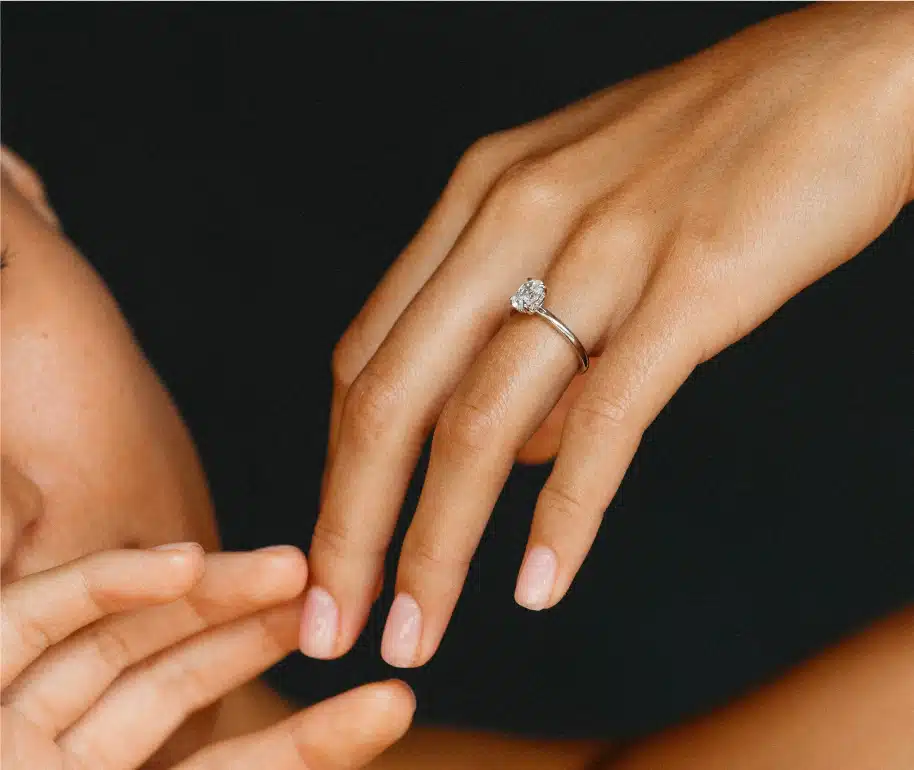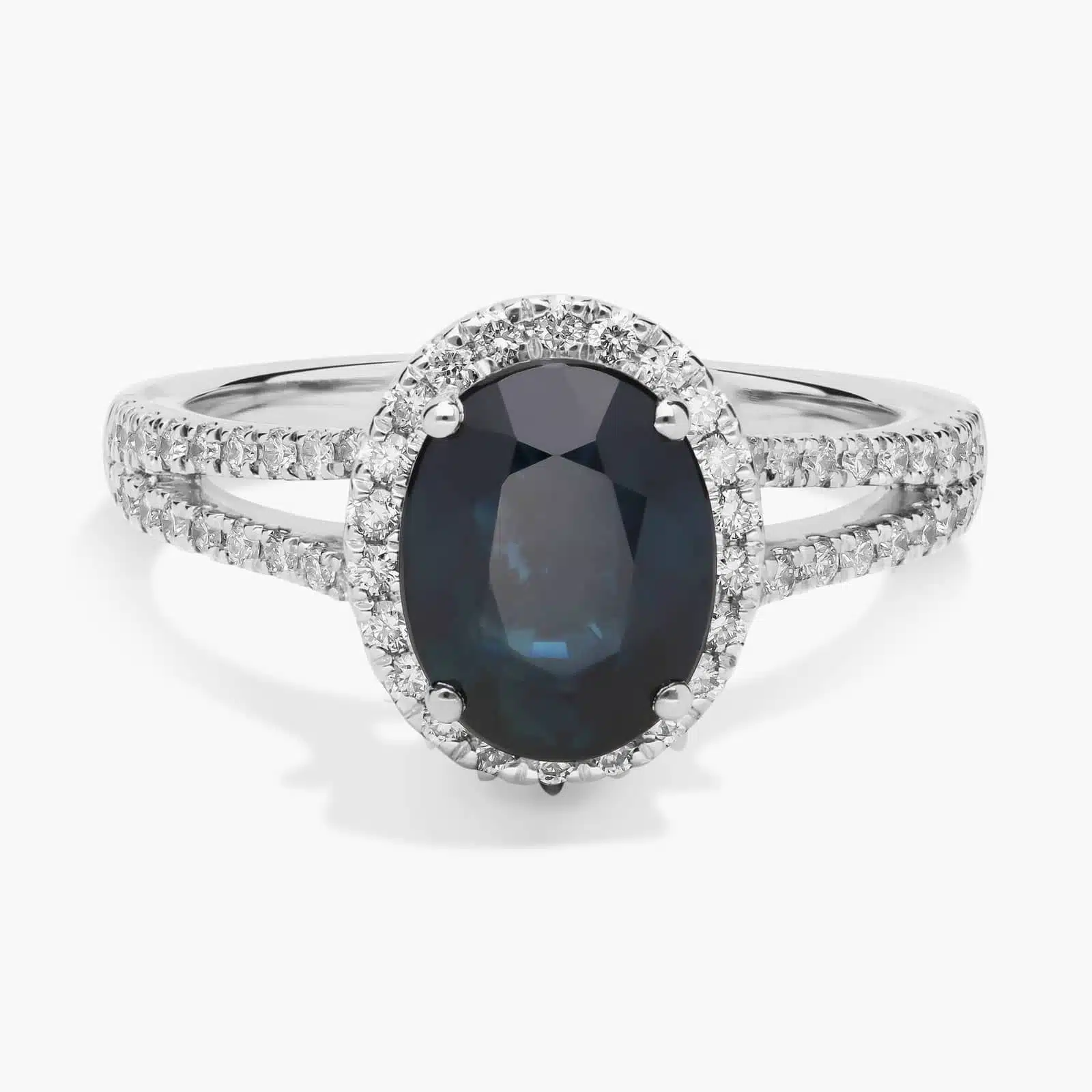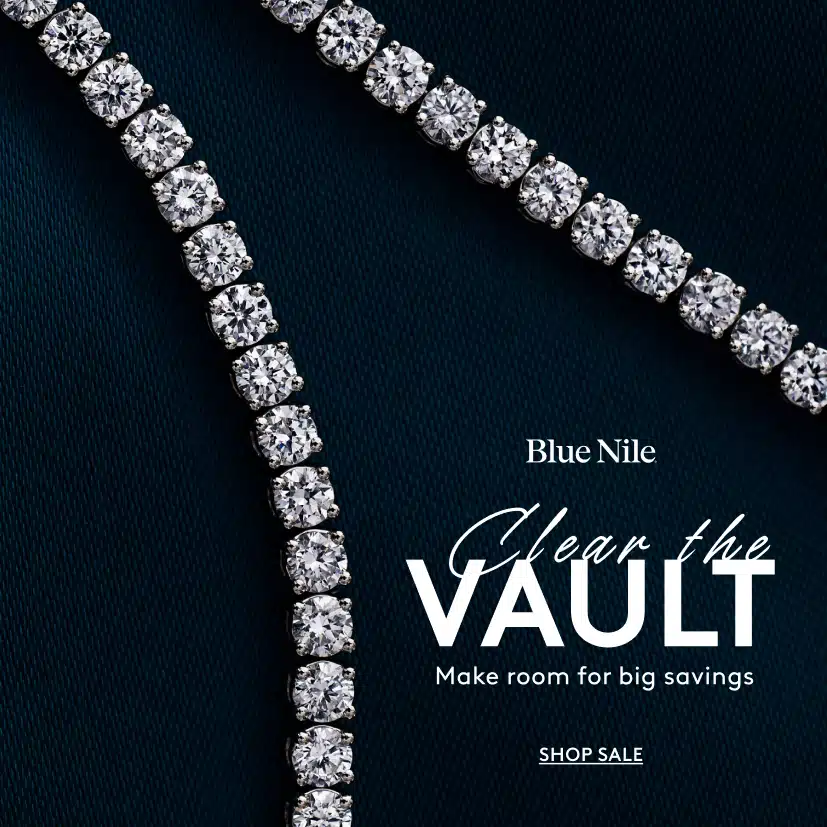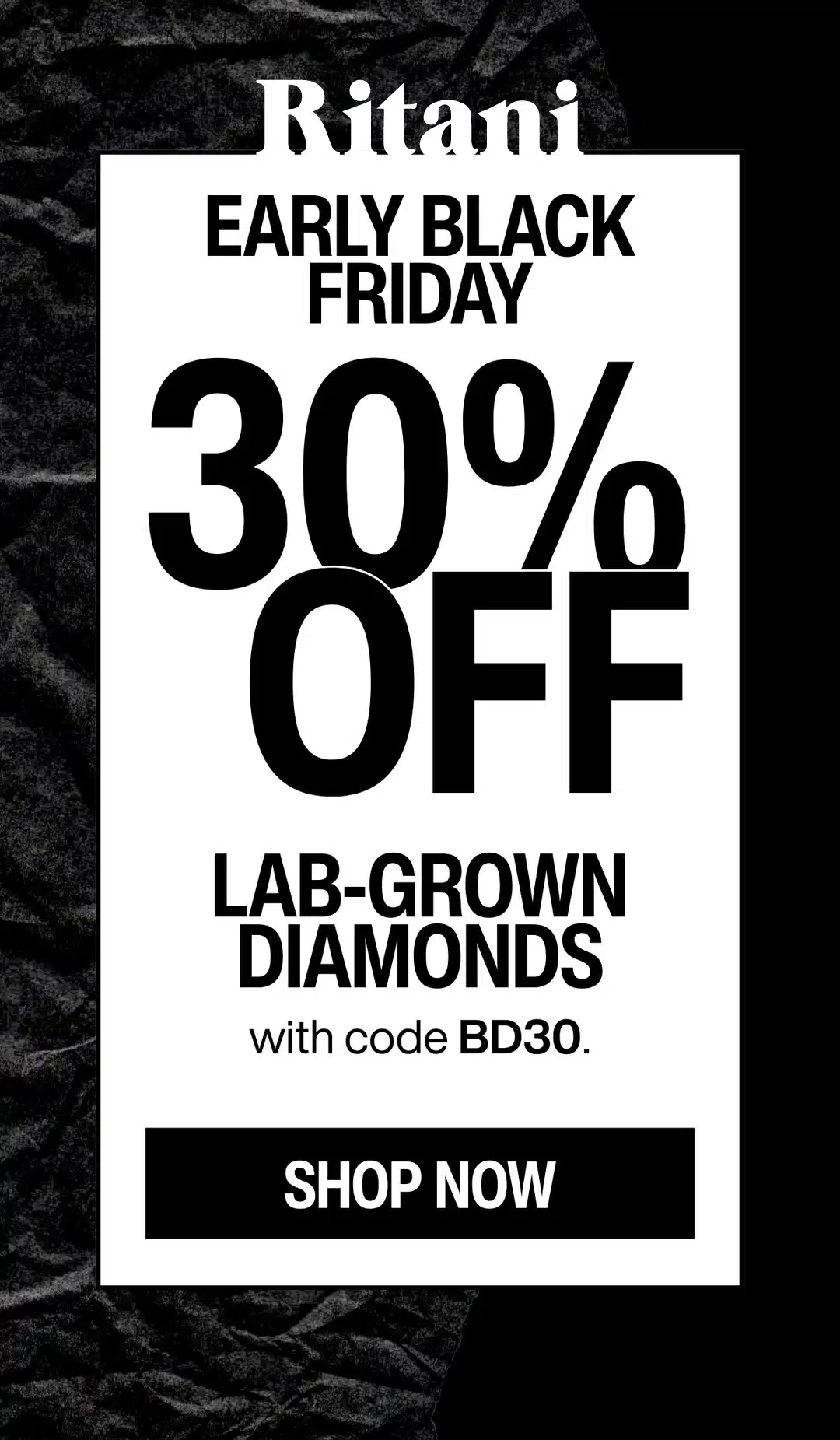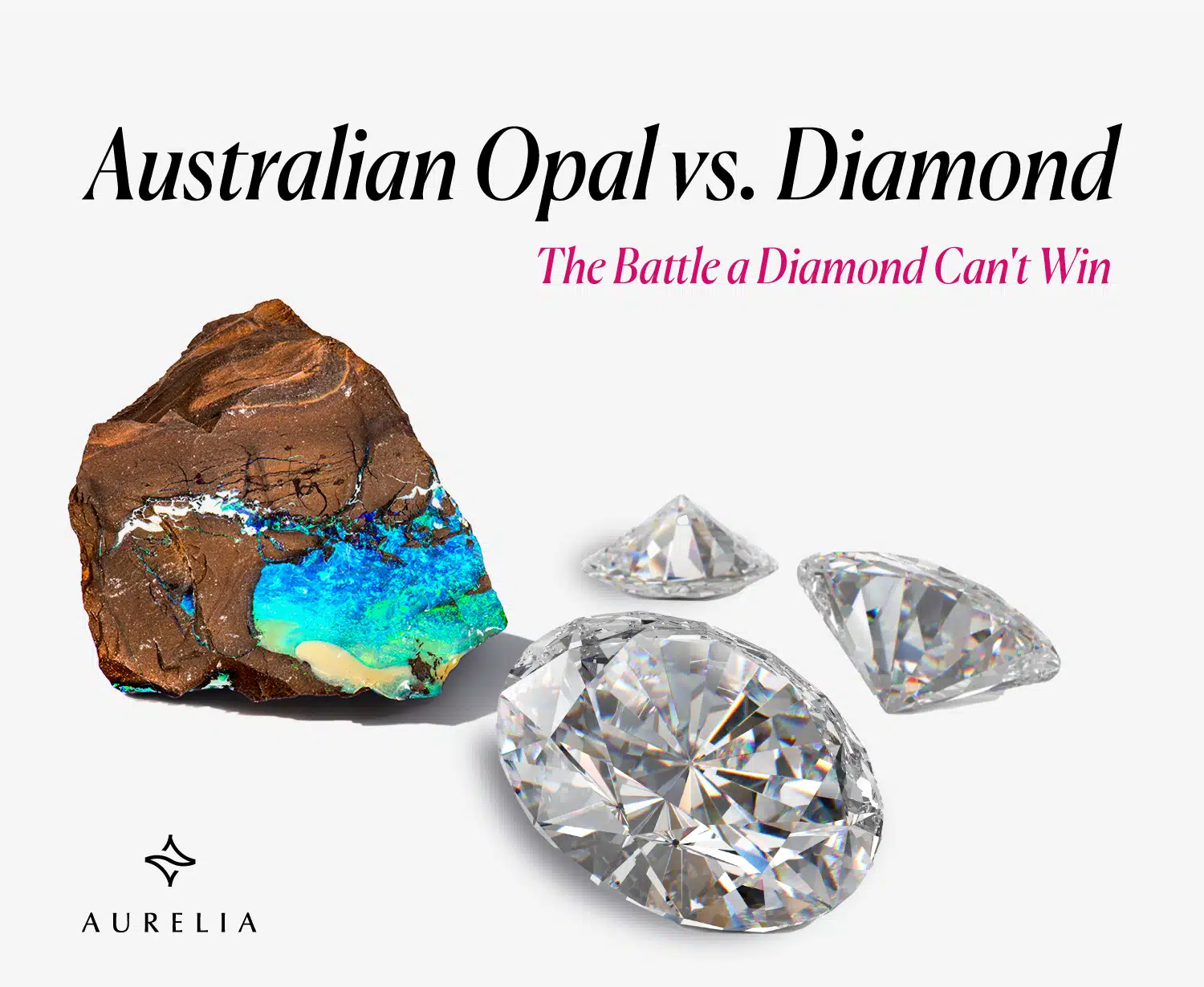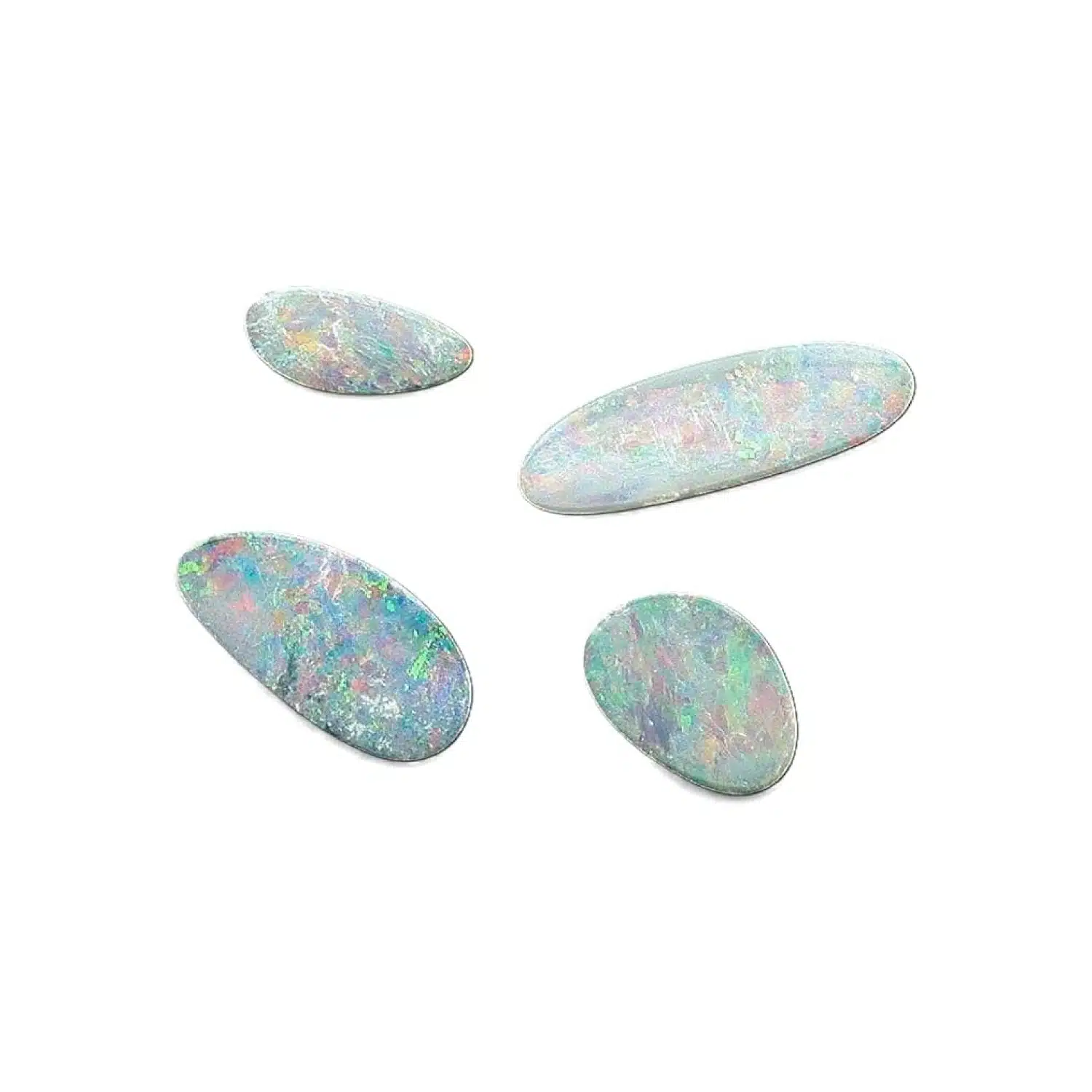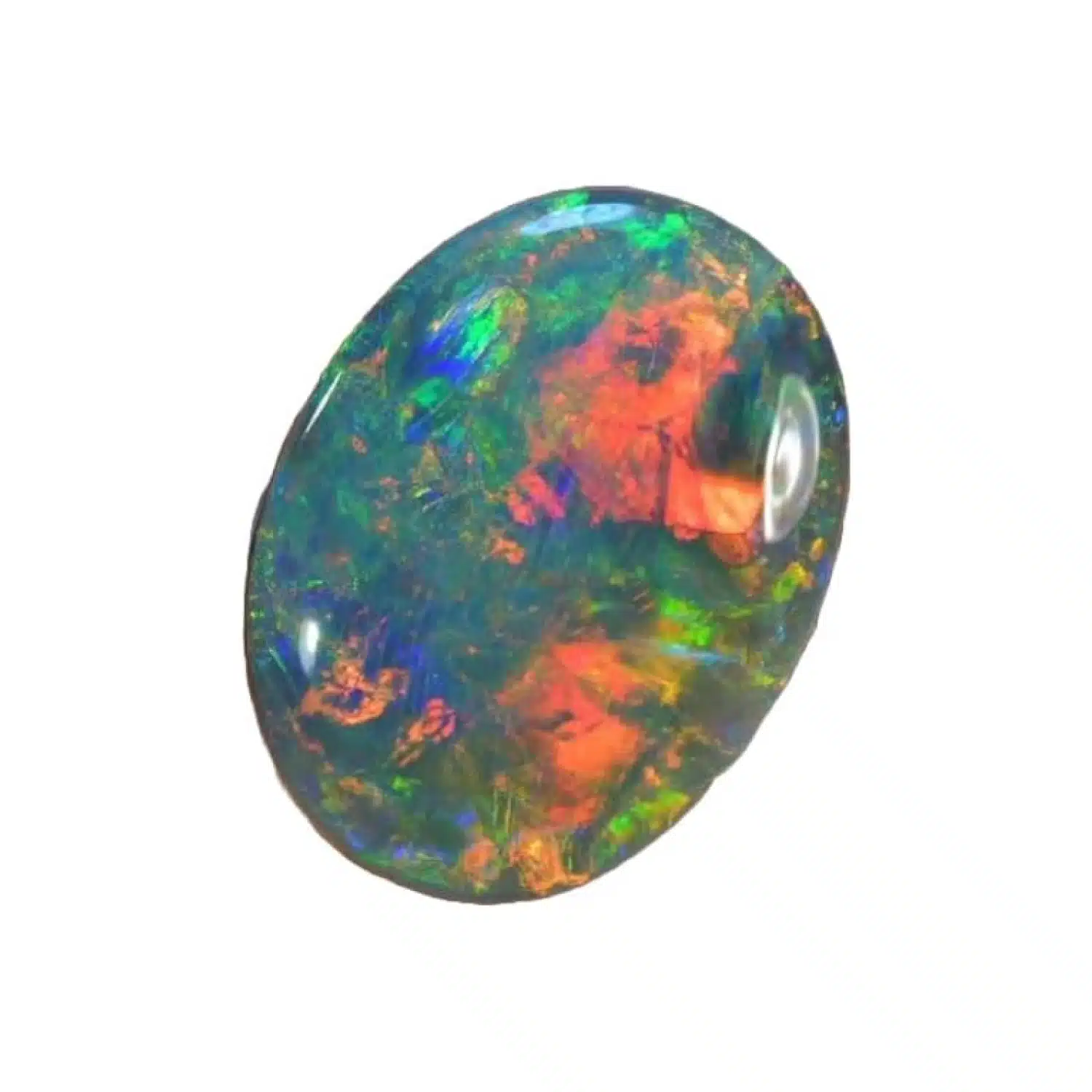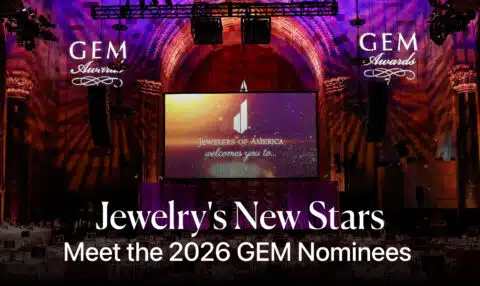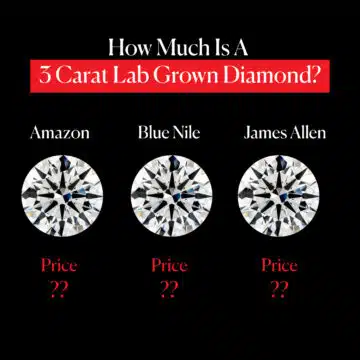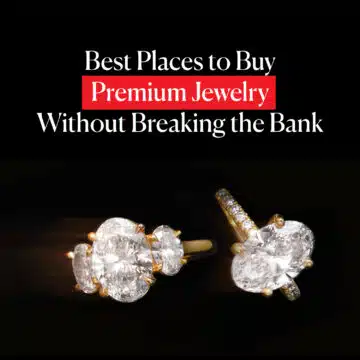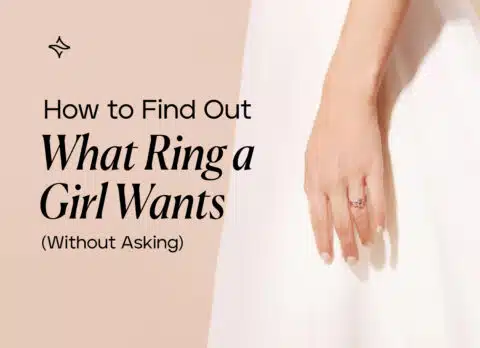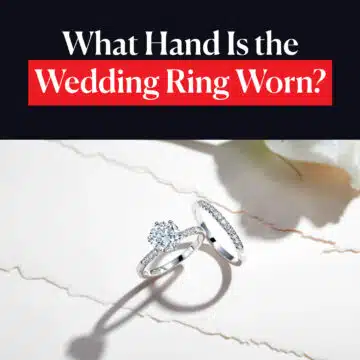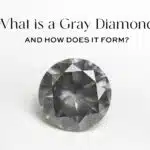A top-tier Australian opal wins a value battle against a diamond by combining a unique, dynamic “play-of-color” that no diamond on earth possesses with a level of true geological rarity that can far exceed that of a standard, high-quality white diamond.
You’ve been taught your whole life that a flawless, one-carat diamond is the pinnacle of rarity and value. The idea that a colorful ‘opal’ could be more valuable seems almost absurd. I get it.
But as your friend in the gem business, I’m here to let you in on a secret that high-end collectors and gemologists have known for decades: when it comes to the best of the best, a diamond can’t hold a candle to the cosmic fire of a world-class Australian opal.
This isn’t just my opinion. I am going to walk you through the geology, the physics of light, and the real market data that proves this case. We will define the champion, compare it head-to-head with a diamond, and by the end, you’ll see why this incredible gem is in a class all its own.
Defining the Champion: What is an Australian Opal?
Before we can even begin to compare an Australian opal to a diamond, you need to understand that we are not just talking about a single stone. We are talking about a legend. This is a gem so captivating that the ancient Romans called it Opalus, the “precious stone,” and believed it was the most powerful of all because it contained the color and fire of every other gem combined. Shakespeare himself called it “the queen of gems.”
Its story as we know it today, however, was written in the harsh, fiery earth of the Australian outback. While opals exist elsewhere, the late 19th-century discoveries in Australia were a complete game-changer, revealing opal fields with a quality, stability, and jaw-dropping beauty the world had never seen.
These discoveries, especially in the legendary fields of Lightning Ridge, New South Wales, would become the world’s only consistent source of the undisputed king of all opals: the black opal.
OPAL SPOTLIGHT: Capture the magic. Experience the Kaleidoscope of Colors in every opal piece at Blue Nile .
| INSIDER TIP: Explore highly-prized Black Opal and Fire Opal styles at James Allen .
The Story of the “Queen of Gems”
The allure of the opal is not just in its beauty, but in its deep, multi-layered meaning.
The very essence of the opal meaning is tied to its dynamic, unpredictable flashes of color. Unlike the steady glow of a sapphire, an opal’s fire is a living, dancing energy. This is why it is almost universally regarded as a stone of inspiration, creativity, and spontaneity.
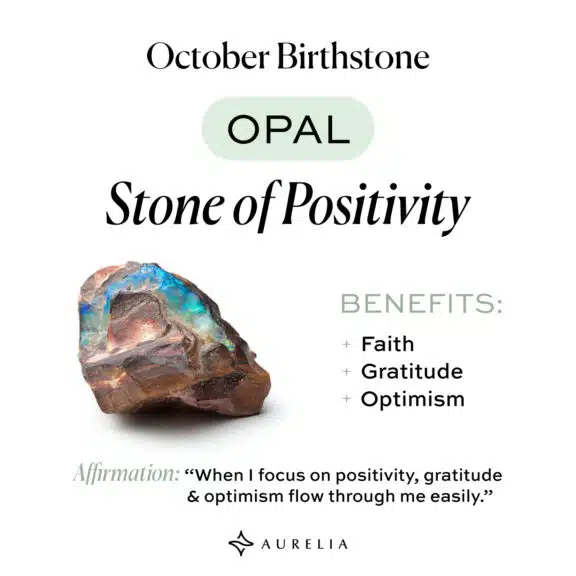
- A Stone of Transformation: It is believed to be a transformational stone, encouraging its wearer to embrace change and explore their full potential.
- A Mystical Vision: For centuries, it has been linked to mystical vision, intuition, and a deeper connection to the spiritual realm.
- The October Birthstone: It is the undisputed, magical birthstone for October. Its kaleidoscope of colors is seen as a perfect representation of the dynamic and vibrant spirit of those born in the month.
For more on its special place in the birthstone pantheon, our guide to the birthstone color for the month of October is a must-read.
This captivating and unique character is why, for the bold and unconventional bride, an opal as an engagement ring is such a powerful and personal choice.
The Stability Factor: Why “Australian” is the Key Word
Now for the most important “insider secret” I can give you about opals. In the modern market, you will see a lot of incredibly beautiful and affordable opals from Ethiopia. They are stunning stones, but they come with a critical difference that you absolutely must understand.
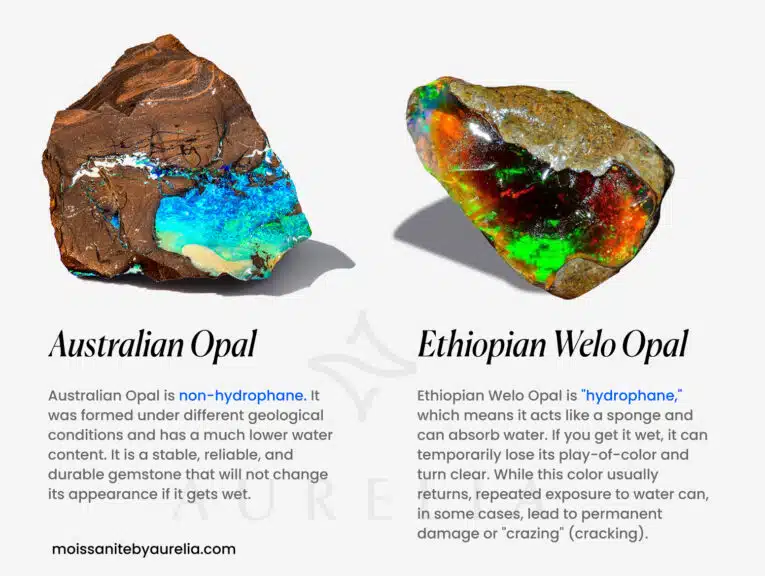
- Ethiopian Welo Opal is “hydrophane,” which means it acts like a sponge and can absorb water. If you get it wet, it can temporarily lose its play-of-color and turn clear. While this color usually returns, repeated exposure to water can, in some cases, lead to permanent damage or “crazing” (cracking).
- Australian Opal is non-hydrophane. It was formed under different geological conditions and has a much lower water content. It is a stable, reliable, and durable gemstone that will not change its appearance if it gets wet.
This stability is the reason why Australian opal is considered “investment grade,” while Ethiopian opal is considered a beautiful but more delicate alternative.
Understanding a gem’s internal structure and stability is a key part of gemology, a topic we touch on when analyzing what is the fracture of beryl, the family that includes emerald and aquamarine.
The Australian Opal “Value Pyramid”
With the understanding that we are now talking only about stable, high-quality Australian opals, let’s look at the different types. I’ve created a simple framework I call the “Opal Value Pyramid” to show you how value and rarity are built.
| Opal Type | Body Tone | The Mehedi Take |
| Light/White Opal | White, Milky | Beautiful and classic entry point. |
| Boulder Opal | Host Rock (Ironstone) | A stunning gem with veins of opal. |
| Black Opal | Dark Grey to Jet Black | The undisputed king; its dark body creates the most explosive fire. |
This is the classic Australian opal from fields like Coober Pedy. It features a beautiful play-of-color against a white, milky, or pale grey canvas.
It’s the most common type of Australian precious opal, making it an accessible and beautiful starting point for any collector and a fantastic choice for colored engagement rings under $200.
A uniquely Australian treasure, Boulder Opal is a stunning gem where precious opal forms in thin veins and layers within its natural host rock, a dark brown ironstone.
Cutters will polish the opal and the host rock together, and that dark ironstone acts as a natural, dark background that makes the opal’s fire pop with incredible vibrancy. It is a work of natural art and highly prized.
Now we arrive at the holy grail. The undisputed king of all opals and the source of its legendary value: the Australian Black Opal.
- The Source of Legends: The finest gem-quality black opals in the world come from one tiny, remote area: Lightning Ridge, Australia. This extreme geographical rarity is a huge part of its value.
- The Power of Contrast: Its defining feature is a dark grey to pitch-black body tone. This dark background acts like a midnight sky for the stone’s play-of-color. The flashes of red, green, and blue don’t just sparkle; they explode.
- The Price: A top-tier black opal can command a price of over $20,000 per carat, placing it in the same elite, rarified club as some of the world’s most treasured gems, like the equally stunning and exceptionally rare Padparadscha Sapphire.
Round 1 – The Battle of Rarity
The Diamond Rarity Myth vs. The Opal Rarity Reality
Alright, it’s time for the first round of our showdown. We’re going to tackle the biggest factor that determines a gemstone’s value: its rarity. For decades, the entire jewelry industry has been built on the premise that “A Diamond is Forever” precisely because it is the ultimate rare treasure.
But as your friend in the business, I’m here to tell you that the story is a lot more complicated than that.
The Diamond’s “Managed Scarcity”
Let’s be clear: a high-quality natural diamond is absolutely a rare and beautiful thing. Nature only produces a finite number of them.
However, for the better part of the 20th century, the diamond’s “rarity” was also a brilliantly executed marketing strategy, engineered by the De Beers cartel.
For decades, De Beers controlled upwards of 80% of the world’s rough diamond supply. They had a very simple business model:
- Control the Mines: They owned or entered into agreements with nearly every major diamond mine on earth.
- Control the Supply: They would strategically release only a limited number of diamonds onto the market each year, creating a system of “managed scarcity.”
Even if they had a highly productive year, they would stockpile the excess diamonds in their London vaults to ensure the supply was always tight and the prices remained artificially high.
While their iron grip has loosened in the modern market, the legacy of that hundred-year campaign is still with us. The very idea of a diamond’s supreme rarity is as much a product of masterful marketing as it is geology.
The question of a diamond’s real vs. perceived value is a key reason we have guides on what you can expect when selling a diamond ring at a pawn shop, where you often come face-to-face with this reality.
Opal IQ Test: Solid or Doublet?
One of these Australian opals is $89. The other is a collector’s piece worth $32,745! Can you spot the rare, solid gemstone?
The Opal’s True Geological Rarity
Now, let’s look at the opal. Unlike diamonds, which are found on multiple continents, the undisputed king of all opals—the fine gem-quality black opal—comes from one tiny, specific place on Planet Earth: Lightning Ridge, Australia.
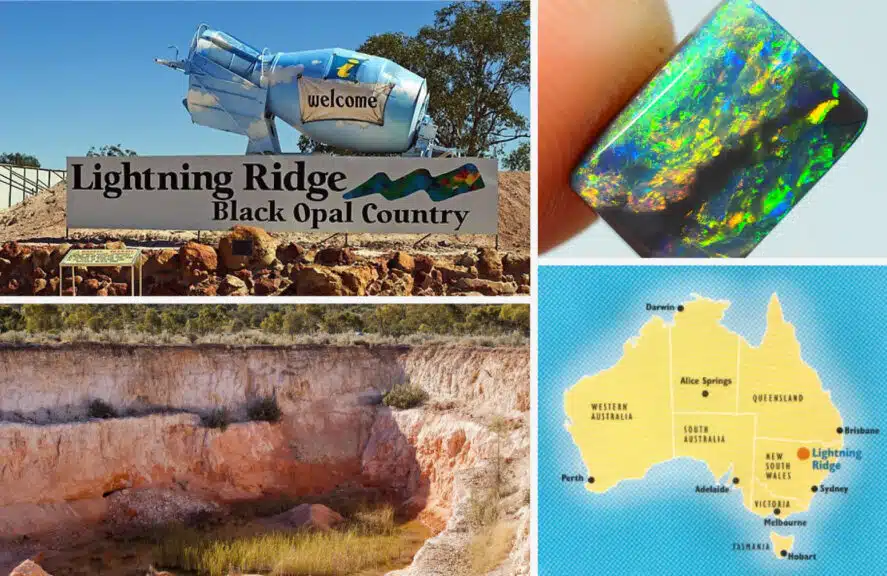
This isn’t managed scarcity; it’s a genuine geological fluke. The creation of black opal requires an impossibly perfect sequence of events that has happened almost nowhere else.
- The Ancient Sea: First, millions of years ago, the area had to be a vast inland sea.
- The Right Chemistry: As the sea receded, it left behind silica-rich water that seeped deep into the cracks and crevices of the claystone.
- The Slow Evaporation: Then, over millions more years, this water had to evaporate at an incredibly slow, stable rate, allowing the microscopic silica spheres to settle into the perfectly ordered, light-diffracting structure that creates the opal’s fire.
The presence of trace elements and ironstone in the host rock is what gave it its dark body tone.
This impossibly specific recipe—the right time, the right place, the right chemistry—is why Lightning Ridge is the only place in the world that consistently produces this magical stone.
OPAL SPOTLIGHT: Capture the magic. Experience the Kaleidoscope of Colors in every opal piece at Blue Nile .
| INSIDER TIP: Explore highly-prized Black Opal and Fire Opal styles at James Allen .
This is not a marketing story; it is a fact of geology. For a look at another gem whose value is directly tied to its singular, specific origin, our guide on Argyle Diamonds is a fascinating parallel story.
The Data: Comparing “Rare” to “Once-in-a-Lifetime”
This is where the battle becomes a blowout. Let’s look at the numbers.
- A 1-carat, D-Color, Internally Flawless diamond is an incredibly rare and beautiful object. It is, for all intents and purposes, a “one in a million” stone, representing the top fraction of a percent of all diamonds mined.
- However, a gem-quality, 5-carat black opal from Lightning Ridge with a perfect N1 black body tone and a top-tier “Harlequin” pattern with brilliant red fire? That is a “once in a lifetime” stone. Gemologists and miners can go their entire careers without ever seeing one.
The verdict of Round 1 is clear and undeniable. While a high-quality white diamond is rare, a top-tier Australian black opal exists on an entirely different plane of geological scarcity. This is a battle that a diamond simply can’t win.
Round 2 – The Battle of Fire & Beauty
We’ve established that a top-tier Australian opal is rarer than a high-end diamond. But is it more beautiful? This is a subjective question, of course, but as a gemologist, I can tell you that the way these two incredible stones handle light is a fascinating tale of two completely different kinds of magic.
The Diamond’s Defense: The Power of Pure Brilliance
To be a fair expert and your trusted friend in this business, we have to give the champion its due. A high-quality diamond is an undisputed miracle of light performance. It is a gemstone that has been scientifically perfected by cutters for over a century with one singular goal: to create the most brilliant, fiery, and scintillating sparkle possible.
Let’s look at a prime example: a stunning 1.59 Carat, D Color, VVS1, “True Hearts” diamond from James Allen. This stone is the pinnacle of the diamond cutter’s art.
- The GIA “Triple Excellent” Grade: It has a “Triple Excellent” grade from GIA for Cut, Polish, and Symmetry, which is the baseline for a super-ideal stone.
- The “Hearts and Arrows” Perfection: On top of that, its “True Hearts” designation means it has perfect optical symmetry, creating the Hearts and Arrows pattern that is the visual proof of its elite cut.
When light enters this diamond, its perfectly aligned facets act as a flawless system of mirrors, capturing that light and shooting it back out at your eye in an explosive display of brilliance (white light) and fire (rainbow flashes). It is a bright, energetic, and dazzling performance.
The Opal’s Attack: The Unbeatable Magic of “Play-of-Color”
A diamond’s beauty, as brilliant as it is, is ultimately predictable. It’s a system of mirrors. An opal’s beauty is something else entirely. It is not a system of mirrors; it is a prism of a million tiny, captured rainbows. This is its secret, and it’s a battle that a diamond’s physics can’t win.
The correct term for an opal’s “fire” is “play-of-color,” and it is not created by reflection, but by a phenomenon called diffraction. Here is the simple version of what that means: an opal is made of billions of microscopic, perfectly stacked silica spheres.
As white light enters the stone and travels through these layers of spheres, it gets split into all the colors of the rainbow. Because the spheres are round, the color you see changes dramatically as you move the stone. It’s a living, rolling, three-dimensional fire that feels almost magical.
For another gem that is prized for its unique interaction with light, our guide on how to describe a sapphire’s luster offers a fascinating comparison.
| Feature | A Diamond’s “Brilliance” | An Opal’s “Play-of-Color” |
| How it Works | Reflection (a system of mirrors) | Diffraction (a prism of spheres) |
| The Effect | Dazzling, surface-level sparkle. | Deep, rolling, three-dimensional fire. |
| The Feeling | Bright & Energetic | Magical & Otherworldly |
The Expert’s Language: How to Judge an Opal’s Fire
Because an opal’s fire is so unique, judging it is more like judging a piece of fine art. An expert uses a specific language to describe its quality. Understanding these three terms will turn you into a true opal connoisseur.
The “body tone” is the background color of the opal, and it is the single biggest factor in its value. It is graded on a scale from N1 (Jet Black) to N9 (White).
A darker body tone creates a more dramatic contrast and makes the play-of-color explode with vibrancy, which is why a N1 or N2 Black Opal is the most valuable of all. For a look at how body color affects other gems, you can see the huge variety in our guide to green sapphire.
This is a simple but crucial measure of how brilliant and intense the play-of-color is. It is graded on a scale of B1 (faint) to B5 (brilliant). For an investment-grade stone, you are looking for a B4 or B5—a fire that is electric and pops from across the room.
This is the most fascinating and complex aspect of opal value, and it refers to the shape and arrangement of the play-of-color. A rare and desirable pattern can multiply a stone’s value exponentially.
- Common Patterns: “Pinfire” (tiny dots of color), “Flash” (large, irregular patches).
- Rare & Valuable Patterns:
- “Harlequin”: Large, distinct, interlocking squares or diamonds of color. This is the holy grail.
- “Rolling Flash”: A broad flash of color that rolls smoothly across the stone as you move it.
- “Ribbon”: Thin, parallel lines of color that flash on and off.
This incredible variety is what makes each Australian opal a one-of-a-kind masterpiece. To see a beautiful gallery of these different colors and patterns, you absolutely must explore our Opal Jewelry Collection.
If you are looking for other unique stones for your jewelry, our deep dive on alexandrite and moonstone is a perfect next read.
The Final Round: The Investment Angle
We’ve proven that a top-tier Australian opal is rarer than a high-end diamond and that its “play-of-color” is a unique form of beauty that a diamond cannot replicate. But that brings us to the final, and perhaps most important, round in our battle: which one is the better investment?
As your friend in the business, I’m here to give you an honest, “real-world” answer, not an investment prospectus. The truth is, they are two completely different kinds of assets, each with its own powerful advantages and distinct risks.
A Diamond as a Global Asset
A high-quality, GIA-certified diamond is the “blue-chip stock” of the gemstone world. Its value proposition as an asset is built on two things: stability and liquidity.
- A Global Pricing Standard: Thanks to resources like the Rapaport Price List, a 1-carat, G-color, VVS1 natural diamond has a relatively consistent and well-understood wholesale market price all over the world. A diamond is a highly fungible and data-driven commodity.
- High Liquidity: Because of this universal pricing standard and a massive global demand, a high-quality GIA-certified diamond is a highly liquid asset. It is relatively easy to sell on the secondary market and convert back into cash.
You can see beautiful examples of these highly liquid assets on the main diamond search pages of both James Allen and Blue Nile.
This makes a high-quality diamond from a top-tier retailer a relatively “safe” asset. It is a known quantity. We explore this concept of knowable value in our foundational guide on how diamonds are priced.
An Opal as a Piece of Fine Art
A top-tier Australian black opal, on the other hand, is a completely different kind of asset. If a diamond is a blue-chip stock, a perfect black opal is like a Picasso or a Monet. Its value is not based on a standardized pricing chart; it is based on its absolute rarity and its unique, one-of-a-kind beauty.
- Exponential Rarity: As we’ve discussed, the truly top-tier black opals with rare patterns and vibrant red fire are in a class of their own when it comes to scarcity. There are many flawless 1-carat diamonds; there may be only one “Fire Queen” opal.
- The “Passion” Factor: Its value is determined more by connoisseurship than by a simple spec sheet. A collector may be willing to pay an astronomical premium for a stone with a perfect “harlequin” pattern that speaks to them.
This creates the potential for incredible appreciation in value. Over the past 20 years, the price for top-grade black opals has consistently and dramatically increased as the supply dwindles.
For other gemstones that derive their value from such specific, desirable qualities, our guide to how pearls are valued provides an excellent parallel. - A Finite, Irreplaceable Asset: Since the major Australian mines are depleting, the supply of new, world-class opals is constantly shrinking, while the demand from collectors is increasing. This is a classic economic formula for long-term value appreciation.
OPAL SPOTLIGHT: Capture the magic. Experience the Kaleidoscope of Colors in every opal piece at Blue Nile .
| INSIDER TIP: Explore highly-prized Black Opal and Fire Opal styles at James Allen .
This finally brings us back to the central, provocative question we asked in the title. This entire discussion is the deep dive that proves the “sometimes, yes” answer we gave in our foundational guide, Is Opal More Expensive Than Gold & Diamond?.
In the elite, rarefied air of investment-grade gems, a masterpiece of nature like a black opal can, and often does, achieve a per-carat value that leaves a high-quality white diamond in the dust.
A Jeweler’s Guide to Buying Australian Opal
Alright, you are now an expert on what makes a top-tier Australian opal a geological masterpiece. But that brings us to the single most difficult question: where and how do you actually buy one?
As your friend in the business, I need to give you some brutally honest advice. The top-tier online diamond retailers we love, like James Allen and Blue Nile, do not typically carry a deep inventory of high-end, investment-grade Australian opals.
This is a specialist’s gem, and it is most often found through dedicated opal dealers or on large, diverse marketplaces. While this gives you options, it also means you are shopping in a less-vetted environment and you must be your own expert.
The Opal Engagement Ring: A Bold & Unique Choice
Choosing an Australian opal as an engagement ring is a stunning, non-traditional statement for someone with a confident and artistic soul. However, this is a decision you must make with your eyes wide open to the stone’s delicate nature.
Remember, opal’s hardness is between 5.5 and 6.5 on the Mohs scale.
- This makes it softer than the quartz in common household dust (a 7).
- It is susceptible to scratching and chipping with hard, daily wear.
- It is not a “set it and forget it” stone like a diamond or a sapphire.
Because of its softness, the setting you choose is not just a style choice; it is your insurance policy. You absolutely must choose a protective setting.
| Setting Type | Protection Level | Mehedi’s Expert Take |
| The Bezel Setting | Maximum | This is my #1 recommendation. It encircles the entire opal in a metal rim, creating a fortress against knocks and bumps. |
| The Halo Setting | Excellent | A halo of harder diamonds or sapphires acts as a beautiful “bumper car” to absorb impacts and protect the opal’s edges. |
Real-World Examples:
When searching on a broad marketplace like Amazon, you must be incredibly specific. Instead of just searching for an “opal ring,” search for a “Solid Gold Australian Opal Bezel Ring.” By specifying the metal and the protective setting, you are already filtering for higher-quality, more durable options.
This is not a choice to be taken lightly, and our complete guide on Opal as an Engagement Ring: Pros & Cons is an essential read before you make your final decision.
Opal Necklaces & Earrings: The Safest Way to Shine
This is, in my professional opinion, the absolute best and most worry-free way to wear and enjoy the cosmic fire of a magnificent Australian opal every single day.
It’s simple physics. Pendants and earrings are not exposed to the same constant impacts as a ring on your hand.
- They don’t get knocked against desks or countertops.
- They don’t get scraped against walls or doors.
- This dramatically reduces the risk of scratching or chipping a precious opal.
This gives you the freedom to choose a magnificent stone, perhaps one with a higher carat weight or more dramatic play-of-color, without having to worry constantly about its safety.
The logic here is the same for other beautiful but slightly more delicate gems, like the stunning May birthstone, Emerald, which are also most practically worn as necklaces and earrings.
On a marketplace like Amazon, you can find some beautiful and accessible options if you know what to look for.
- A fantastic and classic choice is a “Solid Gold Boulder Opal Pendant.” The natural ironstone backing of a boulder opal adds strength and a dark background to make the colors pop.
- For a stunning gift, a pair of “Australian White Opal Stud Earrings” in a bezel or six-prong setting is a timeless choice that will showcase a beautiful play-of-color right next to the face.
These pieces allow you to enjoy all the beauty of an opal with a fraction of the worry, making them a fantastic addition to any collection. For more inspiration on beautiful gemstone pieces, our guide to the Top 10 Exquisite Gem Necklaces has some fantastic ideas that can be adapted for opal.
OPAL SPOTLIGHT: Capture the magic. Experience the Kaleidoscope of Colors in every opal piece at Blue Nile .
| INSIDER TIP: Explore highly-prized Black Opal and Fire Opal styles at James Allen .
FAQs: Your Australian Opal Questions, Answered
You’ve got the big picture on the opal-versus-diamond debate. Now, let’s zoom in on the undisputed king of all opals—the black opal. This is where the deepest mysteries and the most value lie. Here are my direct, honest answers to your most important questions.
The Verdict: A Champion of Individuality
So, can a diamond win this battle? When it comes to traditional sparkle and the security of a liquid, globally standardized market, yes.
A diamond is a safe and beautiful choice. But when it comes to the metrics of true geological rarity and a unique, cosmic beauty that no two people will ever see in the exact same way, the top-tier Australian opal is in a class of one.
Choosing a diamond is an investment in a timeless tradition. Choosing a spectacular Australian black opal is an investment in a one-of-a-kind piece of natural art. It is a choice for the true connoisseur, the person who values a personal connection to a gem’s inner fire above all else.
Continue Your Research Journey
You are now armed with the insider knowledge that most buyers never get, and you understand what makes Australian opal one of the most special gemstones on Earth. If you’re ready to continue your exploration of the world’s most beautiful gems, these hand-picked guides are the perfect next step.
In-Depth Gemstone Guides
- A Deep Dive on the King of Gems: The Complete Guide to the Sapphire Gemstone – (https://moissanitebyaurelia.com/sapphire-gemstone/)
- A Look at a Celestial Beauty: Exploring the Allure of Pink Moonstone – (https://moissanitebyaurelia.com/pink-moonstone/)
- Another Treasure from the Sea: How Much Are Pearls From an Oyster Worth? – (https://moissanitebyaurelia.com/how-much-are-pearls-from-an-oyster-worth-your-quick-guide/)
Advanced Gemology & Value
- Understanding the Numbers: A Guide to Sapphire Value Per Carat Calculation – (https://moissanitebyaurelia.com/sapphire-value-per-carat-calculation/)
- The Natural vs. Modern Debate: Lab-Created Sapphire vs. Real Sapphire – (https://moissanitebyaurelia.com/lab-created-sapphire-vs-real-sapphire/)
- What Really Determines a Gem’s Size?: Understanding What Determines a Sapphire’s Carat – (https://moissanitebyaurelia.com/what-determines-a-sapphires-carat/)
Practical Guides & Style Inspiration
- A Look at Other Beautiful Gems: The Expert Guide to the August Birthstone (Peridot) – (https://moissanitebyaurelia.com/what-is-the-birthstone-in-august/)
- From a Trusted Brand: Our Unbiased Moon Magic Jewelry Review – (https://moissanitebyaurelia.com/moon-magic-jewelry-review/)
- Exploring Different Hues: An Expert Look at the Color of a Blue Sapphire – (https://moissanitebyaurelia.com/blue-sapphire/)


